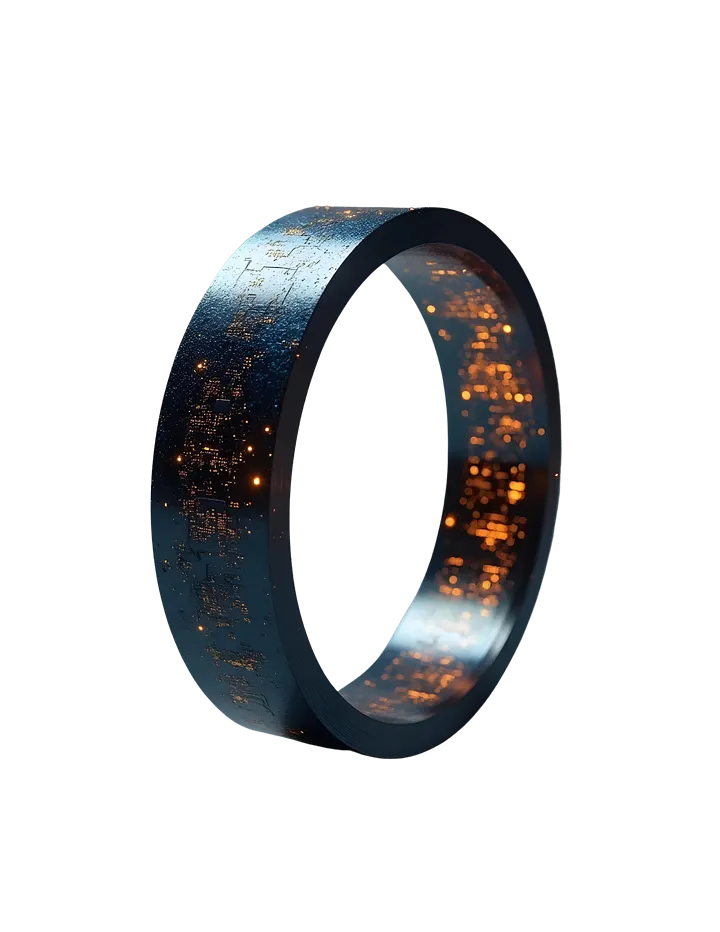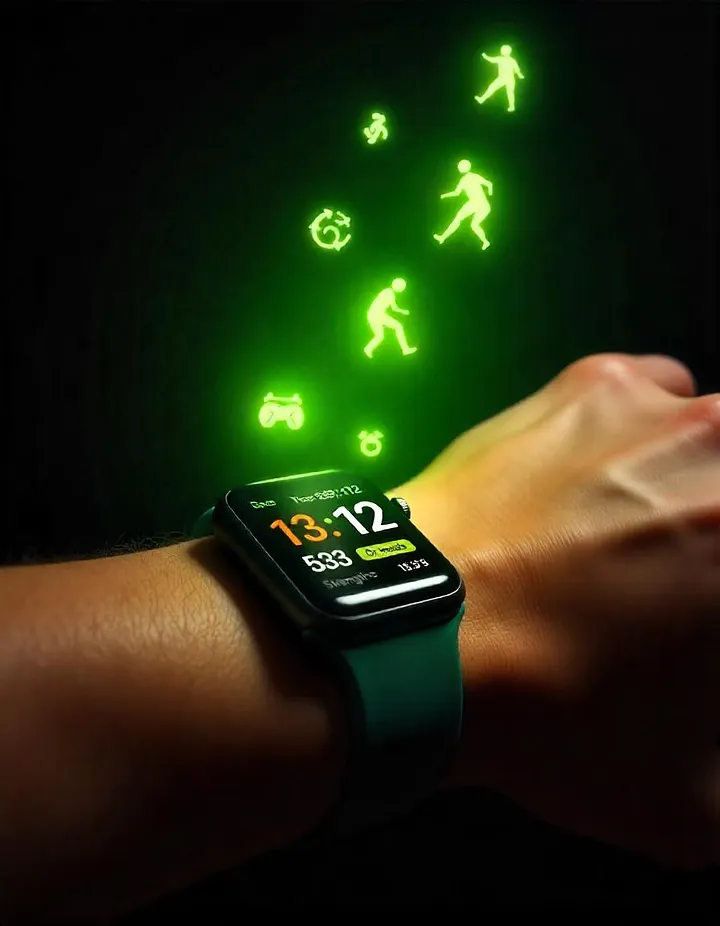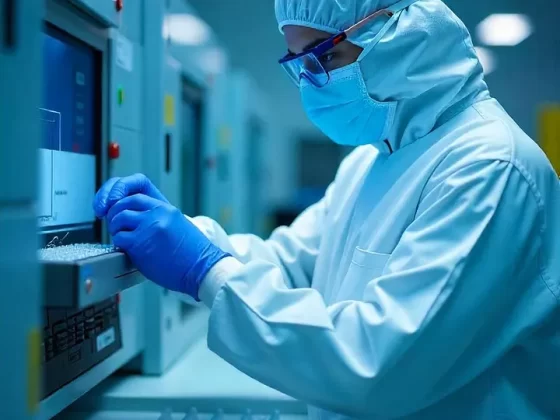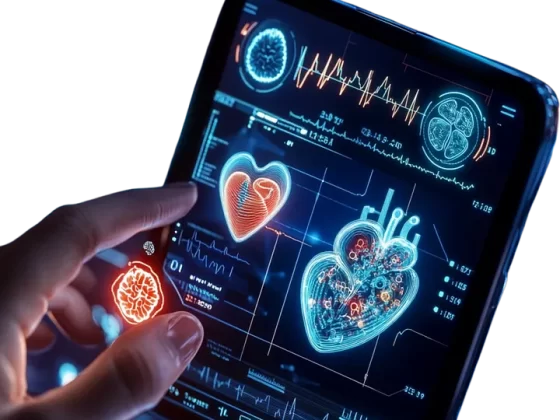Wearable Health Tech: Redefining How We Care for Ourselves
By Soham Biswas
What Started As Step Counters Has Evolved Into Devices That Detect Health Risks And Assist In Early Diagnosis.
Imagine a world where your watch can alert you to an irregular heartbeat, your ring can track how well you slept, and your bracelet can monitor your stress levels — all in real time.
This isn’t a distant future; it’s happening now. Wearable health technology is quietly transforming the way we approach healthcare, making it more accessible and personalized for everyone. What began as simple step counters has evolved into sophisticated abilities capable of tracking vital signs, detecting potential health risks, and even assisting in early diagnosis. These devices are no longer just accessories — they’re becoming an integral part of how we monitor and manage our health. As technology advances and more brands enter the market, wearable health tech is becoming more than just a trend. It’s a shift in how we think about our well-being, empowering individuals to take charge of their health in ways that were once unimaginable. Let’s take a closer look at how this technology is advancing and the impact it’s already having on people’s lives.
The Future of Wearable Health Tech. As wearable technology continues to evolve, its potential applications are limitless. Imagine a future where your smartwatch not only tracks your health but also predicts illnesses using AI, recommends personalized treatments, and connects seamlessly with your doctor. But as exciting as this sounds, it also raises ethical questions: Should we trust machines to make decisions about our health? Wearable health tech is not just a trend; it’s a glimpse into the future of healthcare. But like any new technology, it comes with its share of challenges and controversies. As we navigate this new era, it’s important to ask the tough questions: How do we ensure the accuracy of wearable devices? How do we protect our data? And most importantly, how do we make this technology accessible to everyone? Critics argue that while wearable tech provides valuable insights, it’s not a substitute for professional medical advice. For instance, a smartwatch might alert you to an irregular heartbeat, but it can’t diagnose the underlying cause. On the other hand, proponents believe that wearable tech is empowering individuals to take control of their health, offering early warnings that could save lives.

This tension between innovation and scepticism is what makes wearable health tech so fascinating. It’s not just about the technology itself — it’s about how we, as a society, choose to use it. Will we embrace it as an ability for better health, or will we become overly reliant on devices that might not always get it right? Regardless of where you stand, one thing is clear: Wearable health tech is reshaping the way we think about healthcare. It’s no longer just about fitness tracking; it’s about creating a bridge between personal health monitoring and professional medical care. And as the technology continues to evolve, the debate over its role in our lives will only grow louder. The global wearable technology market is exploding, with projections suggesting it will surpass $ 150 billion by 2028. This rapid growth is fueled by breakthroughs in sensors, artificial intelligence (AI), and connectivity. From tech giants like Apple and Samsung to fitness pioneers like Fitbit — and even luxury fashion brands — everyone seems to be jumping on the wearable health tech bandwagon. But with so many players entering the market. Wearable health technology is transforming healthcare by making it more accessible, personalized, and proactive for everyone, regardless of age or lifestyle. From managing chronic conditions like diabetes and heart disease to encouraging physical activity, improving sleep quality, and monitoring stress, wearable devices are empowering individuals to take control of their health. For instance, continuous glucose monitors help people with diabetes track blood sugar levels in real time, while smartwatches with ECG capabilities can detect irregular heart rhythms, potentially saving lives.
Fitness trackers motivate users to stay active, with studies showing increased daily step counts, and sleep monitors provide insights to improve rest. For the elderly, fall-detection wearables offer safety and peace of mind. Beyond individual benefits, these devices collect vast amounts of health data, enabling personalized care, remote monitoring, and public health insights. As wearable tech becomes more affordable and integrated into daily life, it’s not just a gadget — it’s an ability shaping the future of healthcare, empowering people to live healthier, more informed lives. A Case in Point: How Wearable Tech is Helping People Apple Heart Study (Stanford University) The Apple Heart Study, conducted by Stanford University in collaboration with Apple, demonstrated that the Apple Watch could detect atrial fibrillation with 84% accuracy. The study involved over 400,000 participants and highlighted how wearable devices can alert users to irregular heart rhythms, prompting timely medical intervention. Source: Stanford Medicine — Apple Heart Study Real-life case of atrial fibrillation detection by an Apple Watch: ABC News: A 46-year-old man, Ed Dentel, was alerted by his Apple Watch to an irregular heartbeat, which was later confirmed as atrial fibrillation (AFib) by doctors. This early detection prompted him to seek medical attention, potentially saving his life. Source: ABC News — Apple Watch detects AFib.









